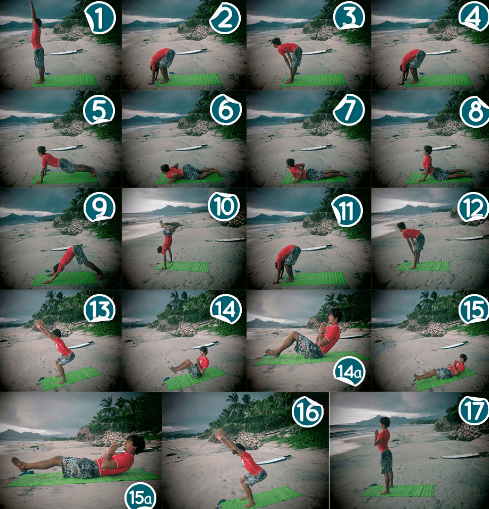While surfing in the rain can be an enjoyable experience, surfing during a storm is an entirely different scenario. When it comes to lightning storms, it's important to prioritize safety and exercise caution.
Due to the conductivity of saltwater, the effects of lightning can reach up to 500 meters from where it strikes the surface of the water. Although the probability of being struck by lightning while surfing is still relatively low, it's always better to be informed and careful.
To determine the distance of a storm, you can count the seconds between the lightning and the thunder. By using this data, you can calculate the approximate distance as follows: distance (km) = difference between lightning and thunder (seconds) / 3. If the time interval is less than 3 seconds, it's crucial to take precautions and seek shelter, as it indicates that the storm is less than 1 kilometer away.
Remember, prevention is key. It's always better to be safe than sorry when it comes to lightning storms. If you're unsure about the distance of a storm or if the conditions seem unsafe, it's best to get out of the water and seek shelter until the storm passes.
So, while surfing in the rain can be a thrilling and unique experience, it's important to exercise caution and prioritize safety when it comes to surfing during a storm. By staying informed and making responsible decisions, you can still enjoy the beauty of Mexico's Pacific Coast while minimizing any potential risks.
Additionally, it's essential to be aware of other dangers that can arise during a storm. The strong winds associated with storms can create powerful currents and unpredictable waves, making it challenging for even the most experienced surfers to navigate the water. These conditions can lead to dangerous situations, such as being caught in a rip current or being slammed against rocks or other hazards.
Furthermore, storms often bring heavy rainfall, which can reduce visibility and make it difficult to spot potential dangers in the water. Debris, such as branches or other objects, can be carried by the current and pose a threat to surfers. Additionally, the water quality may be compromised during and after a storm, with pollutants and runoff entering the ocean, increasing the risk of infections or illnesses.
It's also important to consider the impact that surfing during a storm can have on the local community. Emergency services may be stretched thin during severe weather events, and by engaging in risky activities, such as surfing during a storm, individuals may put themselves and others in danger. Rescuing individuals caught in dangerous conditions can put the lives of first responders at risk.
Ultimately, the decision to surf during a storm should not be taken lightly. It's crucial to assess the current conditions, including the presence of lightning, the strength of the winds, and the visibility, before entering the water. Consulting local authorities or experienced surfers familiar with the area can provide valuable insights and guidance.
By making informed decisions and prioritizing safety, surfers can continue to enjoy their passion while minimizing the risks associated with stormy conditions. Remember, the ocean is a powerful force, and it's always better to err on the side of caution when it comes to your well-being and the well-being of others.
















